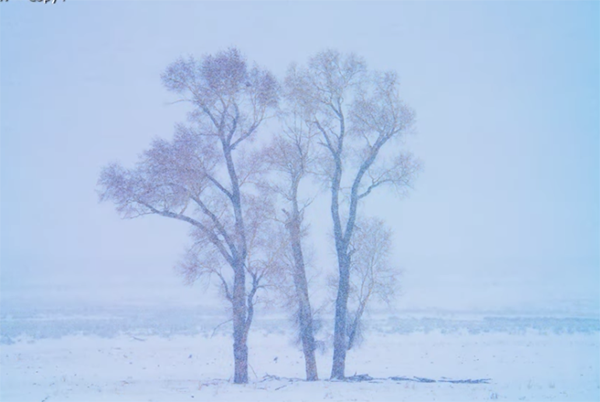How to Correct White Balance in ANY Photo EVERY Time (VIDEO)
We’re going to kick off this post-processing tutorial with a quote from one of our favorite landscape photographers: “White balance is one of the most important settings to adjust when editing your images, because getting it right is crucial if you want photos to appear natural and realistic.”
Instructor Austin James Jackson is an accomplished pro based in Utah with a portfolio of beautiful outdoor imagery. He’s also an adept instructor who says that it can take years of practice to train one’s eyes to achiever perfect White Balance—unless you employ a trick you’ll learn today that’s simple enough for photographers of all skill levels.
Jackson uses Lightroom Classic to demonstrate the quick technique, but the straightforward steps will work equally well with just about any currently available image-editing software you have. As he says, “without a neutral White Balance you can spend hours making adjustments to an image and it still may not look right.”

Jackson notes that it’s possible to manually adjust White Balance in the field by playing around with camera settings. but he strongly recommends shooting with Auto White Balance and then making the adjustments he recommends during the editing process if you want perfect results. He pulls up three compelling landscape photos, each with different issues, to demonstrate how easy this is to do.
As you’ll see, Jackson’s approach not only enables you to realistically capture what you saw through the viewfinder, but it’s also a very effective method for modifying the look and mood of a photo. The process is so straightforward that we won’t be a buzzkill by summarizing it here. Instead we’ll let the expert strut his stuff in this seven-minute lesson.
Jackson’s popular YouTube channel is full of shooting and editing advice for landscape photography enthusiasts, so check it out and you’ll be certain to elevate your skills.

We also suggest watching the tutorial we featured recently with another accomplished pro who demonstrates a “critical” post-processing error that will ruin your photographs, with tips for using three simple Lightroom sliders to get things right.





